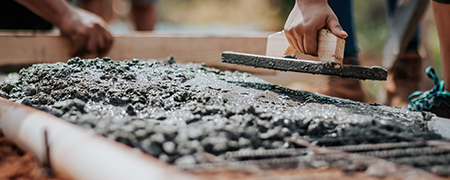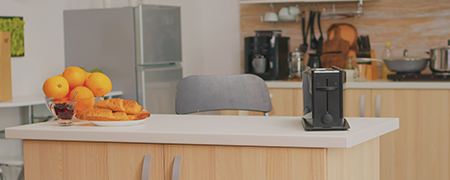Designing a Modern Concrete Home: Innovation and Sustainability
In the world of architecture and design, concrete has emerged as a versatile and sustainable material for constructing modern homes. Its strength, durability, and design flexibility make it an ideal choice for homeowners looking to create innovative and sustainable living spaces. In this article section, we will explore the various aspects of designing a modern concrete home, focusing on innovation and sustainability.
Embracing Minimalism
Clean Lines and Simple Forms One of the defining characteristics of modern concrete homes is their emphasis on minimalism. Clean lines, simple forms, and an absence of unnecessary ornamentation create a sleek and contemporary aesthetic. By utilizing the inherent properties of concrete, architects and designers can achieve seamless integration between the structure and its surroundings.
Incorporating Sustainable Features
Energy Efficiency and Green Building Practices Sustainability is a key consideration in modern home design, and concrete can play a significant role in achieving energy efficiency and green building practices. The thermal mass of concrete helps regulate indoor temperatures, reducing the reliance on artificial heating and cooling systems. Additionally, concrete can be combined with insulation materials to enhance its energy-saving properties.
Integrating Smart Home Technology
Enhancing Comfort and Efficiency Innovation in modern concrete homes goes beyond the material itself. Integrating smart home technology allows homeowners to control various aspects of their living environment, enhancing both comfort and efficiency. From automated lighting and temperature control systems to remote monitoring and energy management, these technologies can be seamlessly integrated into the concrete structure for a truly modern and convenient living experience.
Exploring Sustainable Construction Techniques
Prefabrication and Modular Design To further enhance sustainability and efficiency in concrete home construction, architects and builders are increasingly turning to prefabrication and modular design techniques. Prefabricated concrete elements can be manufactured off-site, reducing waste and construction time. Modular design allows for flexibility and adaptability, enabling homeowners to easily expand or modify their living spaces as their needs change.
Maximizing Natural Light
Open Floor Plans and Large Windows Natural light is a crucial element in modern home design, and concrete structures can effectively maximize its presence. Open floor plans and strategically placed large windows allow for ample daylight to penetrate the interior spaces, creating a bright and inviting atmosphere. This not only reduces the need for artificial lighting but also connects the occupants with the surrounding natural environment.

Incorporating Sustainable Landscape Design
Harmonizing with Nature A modern concrete home is not just about the structure itself; it also extends to the surrounding landscape. Sustainable landscape design principles can be applied to create a harmonious and eco-friendly outdoor space. Incorporating native plants, rainwater harvesting systems, and permeable paving materials are just a few examples of how the landscape can complement the innovative and sustainable design of the concrete home. Discover how to create stunning outdoor spaces with wood and concrete in our previous post!
By considering these aspects of modern concrete home design, homeowners can create innovative, sustainable, and visually striking living spaces. The combination of concrete’s strength and versatility, along with the integration of sustainable features and technology, allows for a truly modern and environmentally conscious approach to residential architecture. Whether it’s a small urban dwelling or a sprawling countryside retreat, a well-designed modern concrete home stands as a testament to innovation and sustainability in the realm of architecture.



